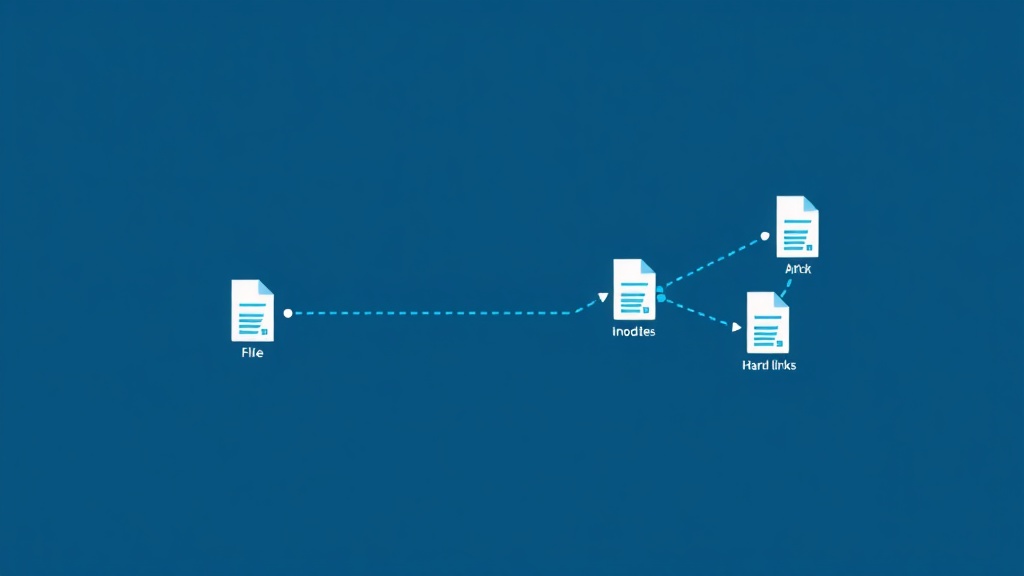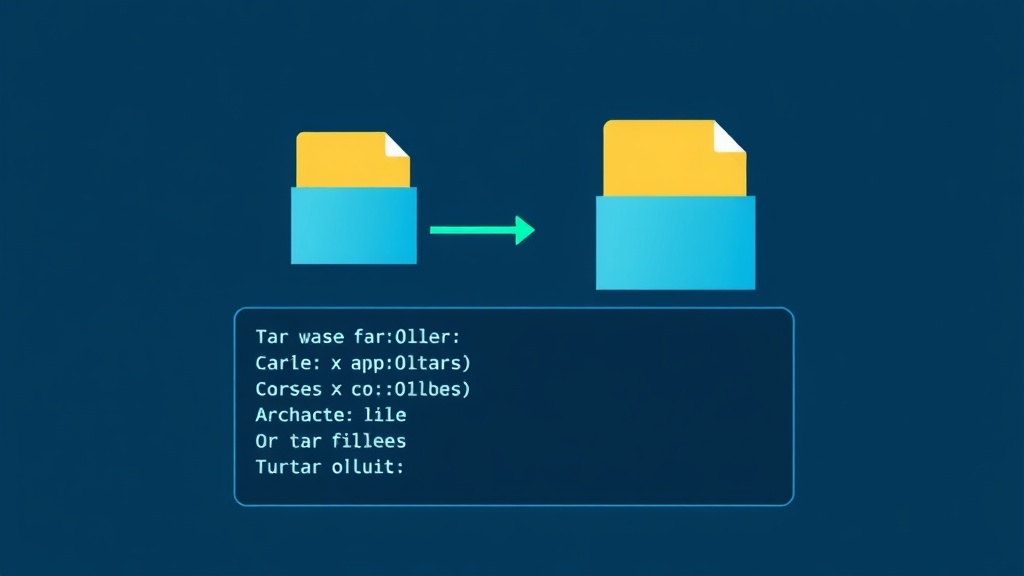The Real Cost of “Free Money” in Crypto
Let me tell you about the time I thought I’d discovered a money printer. Bitcoin was trading at $47,850 on Binance US and $48,200 on Coinbase Pro. That’s a $350 spread per Bitcoin – basically free money sitting there, right?
Wrong. After fees, transfer times, and a lovely little price reversal while my Bitcoin was stuck in transit, I turned that “guaranteed” $350 profit into a $180 loss. Welcome to crypto arbitrage – where the opportunities are real, but so are the ways to screw it up.
I’ve spent the last five years systematically hunting price discrepancies across crypto exchanges, and I’m going to show you exactly how to find these opportunities without losing your shirt in the process. Spoiler alert: the days of easy 10% arbitrage spreads are long gone, but there’s still money to be made if you know where to look.
What Makes Crypto Arbitrage Actually Work in 2025
Crypto arbitrage exists because the cryptocurrency market is beautifully inefficient. Unlike traditional markets where high-frequency trading firms eliminate price gaps in microseconds, crypto still has enough fragmentation to create exploitable opportunities.
Here’s what creates these opportunities:
Exchange isolation: Some exchanges have limited banking relationships or regional restrictions. During the 2021 bull run, I regularly saw 3-5% premiums on Korean exchanges (the famous “Kimchi Premium”) that persisted for weeks.
Liquidity differences: A whale dumping 500 BTC on a small exchange can create temporary price dislocations that take minutes or hours to correct. I’ve made some of my best trades catching these liquidity-driven spreads.
Technical issues: When an exchange’s wallet goes into maintenance mode, prices can diverge significantly. I once caught a 4% spread when Binance’s SOL wallet was down for eight hours.
Finding Arbitrage Opportunities: My Three-Step System
Step 1: Set Up Your Monitoring Infrastructure
Forget about manually checking CoinMarketCap every five minutes. That’s amateur hour. Here’s my actual setup:
Exchange accounts: I maintain verified accounts on 12 exchanges. Yes, the KYC process is a pain, but having pre-verified accounts means I can execute immediately when opportunities arise. My core exchanges are Binance, Coinbase Pro, Kraken, KuCoin, and Bitfinex.
Price tracking: I run a simple Python script that polls exchange APIs every 30 seconds. It alerts me when spreads exceed my thresholds (usually 0.8% for major pairs, 1.5% for altcoins). The script cost me a weekend to write and has made me over $50,000.
Pre-funded wallets: This is crucial – I keep roughly $10,000 worth of stablecoins on each major exchange. Moving funds during an arbitrage opportunity is like trying to catch a falling knife while wearing oven mitts.
Step 2: Calculate Real Profitability (Not Fantasy Numbers)
Here’s where most beginners blow themselves up. That 2% spread you see? Let me show you what it really looks like:
Gross spread: 2%
Buy-side trading fee: -0.1%
Sell-side trading fee: -0.1%
Withdrawal fee: -0.0005 BTC (roughly -0.05%)
Network fee: -$10 (roughly -0.02%)
Slippage (realistic): -0.3%
Net profit: 1.33%
But wait, it gets worse. If the price moves 1% against you during the transfer (which happens more often than you’d think), you’re now looking at 0.33% profit. One more hiccup and you’re in the red.
This is why I follow a simple rule: If the spread isn’t at least 1.5% after all fees, I don’t touch it. This eliminates 90% of “opportunities” but keeps me profitable on the ones I take.
Step 3: Execute Like a Professional (Not a Degenerate)
When I spot a real opportunity, here’s my exact execution process:
1. Check order books deeply: That 2% spread might only exist for 0.1 BTC. I’ve seen spreads collapse the moment you place a $5,000 order. Always check liquidity at least 2-3 levels deep.
2. Use limit orders on both sides: Market orders are for suckers. Place your buy limit slightly above the best ask and your sell limit slightly below the best bid. You’ll sacrifice 0.1-0.2% but avoid catastrophic slippage.
3. Execute simultaneously: I literally have two browser windows open side by side. Buy order goes in first (since it’s usually the smaller exchange with less liquidity), sell order immediately after. The whole process takes under 10 seconds.
4. Don’t transfer between exchanges: This is the rookie mistake that killed my first attempts. Modern arbitrage is about maintaining float on multiple exchanges and rebalancing periodically, not moving coins for every trade.
The Best Arbitrage Strategies That Actually Work
Triangular Arbitrage (My Bread and Butter)
This is where you trade between three pairs on the same exchange. Example: BTC → ETH → USDT → BTC. No withdrawal fees, no transfer times, just pure execution.
Last month, I found a triangular opportunity on Binance where BTC/USDT, ETH/BTC, and ETH/USDT were misaligned by 0.7%. After fees, I netted 0.4% on $50,000 in about 30 seconds. These opportunities pop up 5-10 times per day if you’re watching.
Stablecoin Arbitrage (The Safest Play)
During market volatility, stablecoins depeg slightly. I’ve seen USDT trade at $0.98 on one exchange while holding $1.00 on another. It’s only a 2% spread, but with stablecoins, you’re not worried about the underlying asset crashing 10% while you’re executing.
My record was during the Terra Luna collapse when USDT briefly traded at $0.94 on some exchanges. I made $8,000 in four hours just buying discounted USDT and selling it at par.
Cross-Chain Arbitrage (Advanced But Lucrative)
Same asset, different blockchain. ETH on Ethereum vs. ETH on Arbitrum or Polygon. The prices can diverge by 0.5-1% regularly, especially during high network congestion.
I use bridge protocols to move between chains quickly. Yes, there are bridge fees, but when Ethereum gas is $200 and everyone’s avoiding mainnet, you can find consistent 1-2% spreads that persist for hours.
Why Most People Fail at Crypto Arbitrage
After teaching dozens of traders this strategy, I’ve seen every possible way to fail. Here are the top three killers:
Greed-based position sizing: Finding a 5% spread doesn’t mean you should throw your entire bankroll at it. Risk management is the only thing that matters, even in “risk-free” arbitrage. I never risk more than 10% of my capital on a single arbitrage play, no matter how juicy it looks.
Ignoring exchange risk: Remember QuadrigaCX? FTX? Celsius? Having funds spread across exchanges means accepting counterparty risk. I’ve been burned twice by exchange issues – once for $3,000 when Cryptopia went under, once for $8,000 when an exchange froze withdrawals for “maintenance” that lasted three months.
Chasing pennies with dollars: I see people trying to arbitrage $500 positions for 0.3% profit. After fees, you’re making $1.50. Your time is worth more than that. My minimum position size is $5,000, and I won’t execute unless the expected profit is at least $75.
Tools That Actually Make a Difference
Let’s talk tools. Everyone wants to know about the magic arbitrage scanner that’ll make them rich. Here’s what I actually use:
For monitoring: I built my own scanner, but if you’re not technical, Coinglass and Coinmarketcap’s exchange listings work fine. Just remember they have 30-60 second delays, so the opportunity might be gone by the time you see it.
For execution: Nothing beats native exchange interfaces. Those all-in-one arbitrage platforms that promise to do everything? They’re slow, expensive, and often can’t access the best rates. Learn to use exchange APIs directly if you’re serious.
For analysis: I track every trade in a spreadsheet. Sounds boring, but knowing that Tuesday mornings and Friday evenings produce the most opportunities has made me thousands. Pattern recognition isn’t just for charts – it works for arbitrage timing too.
Advanced Techniques for Serious Traders
Funding Rate Arbitrage
This is where the real money is. When perpetual futures funding rates go crazy (I’ve seen 0.3% every 8 hours), you can long spot and short perps for essentially risk-free returns.
During the 2021 bull run, I was making 50-100% APY just farming funding rates. The key is using margin efficiently to maximize capital efficiency without getting liquidated.
Options-Based Arbitrage
With crypto options becoming more liquid, put-call parity violations create arbitrage opportunities. When calls are overpriced relative to puts, you can create synthetic positions that lock in profit.
This requires more capital and sophistication, but I’ve seen 5-10% guaranteed profits on 30-day positions when volatility spikes.
The Uncomfortable Truth About Arbitrage in 2025
Here’s what nobody wants to tell you: crypto arbitrage is getting harder every year. The easy money is gone. Spreads that used to be 5-10% are now 0.5-1%. Response times that used to be minutes are now seconds.
But here’s the thing – harder doesn’t mean impossible. It means the amateurs get washed out while professionals who approach it systematically still profit. I made $67,000 from arbitrage last year. Not life-changing money, but it’s consistent, relatively low-risk income that compounds over time.
The traders still making money from arbitrage in 2025 aren’t the ones with the fastest bots or the most sophisticated algorithms. They’re the ones who understand that arbitrage is a business, not a get-rich-quick scheme. They have capital deployed strategically, they manage risk religiously, and they execute with discipline.
Your Next Steps
If you’re serious about crypto arbitrage, here’s your homework:
Week 1: Open and verify accounts on at least 5 major exchanges. Yes, the KYC is annoying. Do it anyway.
Week 2: Fund each account with $500-1000 in stablecoins. Start monitoring price differences manually to train your eye.
Week 3: Execute your first arbitrage trade with no more than $500. You’ll probably break even or lose a little. That’s fine – you’re paying for education.
Month 2: Start tracking spreads systematically. Build or buy tools to alert you to opportunities.
Month 3: Scale up gradually. If you’re consistently profitable with $500 trades, move to $1000, then $2500, then $5000.
Remember: arbitrage isn’t about finding one massive score. It’s about executing hundreds of small, profitable trades that compound over time. The traders who last in this game are the ones who treat it like a business, not a casino.
Stay disciplined, manage your risk, and don’t get greedy. The spreads will always be there tomorrow.



